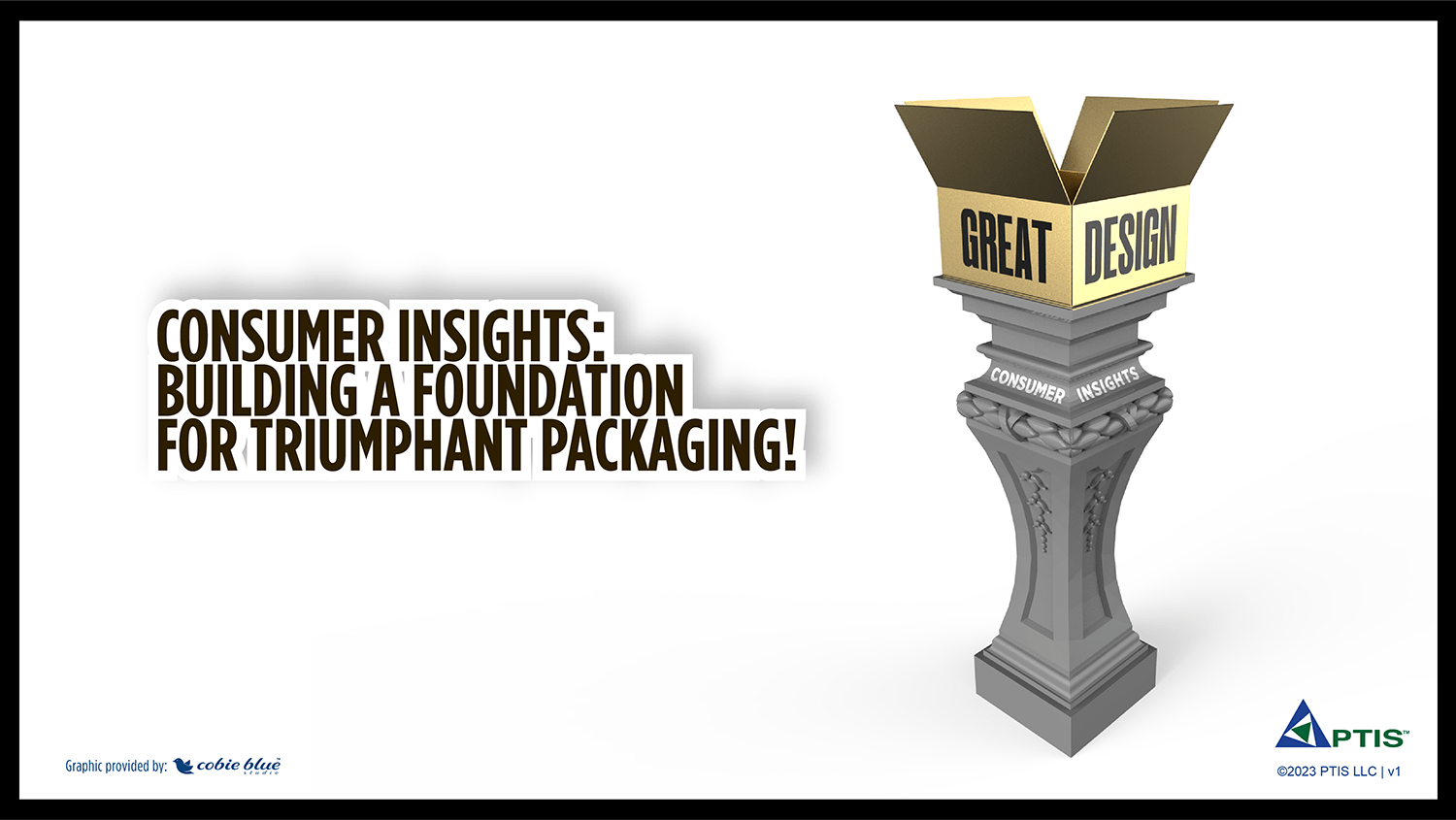Package design is one of the most important elements in product marketing and consumer engagement. Often, it will be the primary ‘billboard’ for the product as it sits on a retail shelf. Packaging can make or break a product’s success. Good package design improves usability, is aesthetically pleasing, and creates an emotional connection with the brand. In order to understand how to create effective package designs, it’s necessary to consider holistic factors such as brand purpose, sensation transference, observation, look and feel, and form and function. In a world where 90% of new products fail, and rebranding can be a disaster, let’s take a closer look at these elements.
Brand Purpose and Consumer Experience
Bringing brand purpose to life in package design is the most fundamental role of packaging. When designing the package, make sure that all packaging elements align with brand values while reflecting customer needs too. Also consider how package design works across the portfolio for optimal retail execution. Can all items be merchandised on the same shelf? Additionally, considering multipacks is important for both bigger format stores as well as for consumers at home —for example if someone buys multiple items in one go then make sure boxes are stackable or collapsible so they take up less space in transit!
Sensation Transference
Sensation transference refers to the feeling that a customer gets when they interact with your product packaging – before they ever pick it up. This feeling should be positive and reinforce your brand identity. Your packaging should communicate the priority elements of the brand value such as reliability, trustworthiness, innovative or modern. Think about the shape, materials and colors you use and what messages they send; use design elements to evoke emotion from consumers in order to create an association between them and your brand. Think about the First Moment of Truth.
Observation
Observation is another key element of good consumer insight for package design. When conducting research, bring a multi-functional group of designers and experts to observe the consumer. Marketing, Design, Packaging Professionals and others should participate. 90% of purchase decisions are emotion and their subconscious is at work. Ultimately, you want customers to be able to quickly identify your products based on their packaging alone. To do this, you need to choose a design that’s memorable yet easy to recognize even in large stores or online marketplaces where there may be hundreds of similar products on display. Use visuals such as logos or symbols that are distinctive yet simple enough for customers to remember them easily.
Look and Feel
Look and feel refers to how a product looks aesthetically but also how it feels in the hand—the texture of the packaging material and its weight (if applicable). This includes things like the material used for packaging (paper vs plastic vs metal), the finish (matte vs glossy), any decorative features such as embossing or debossing, etc., all contribute towards creating a strong impression about your product in consumers’ minds. Branded concepts and stimuli are crucial to success – that said, don’t test branded vs. unbranded prototypes, and understand that if you must test all unbranded, white packages will be perceives as “cheap” private label, and however the results are substandard, a great brand on an average structure will always elevate quantitative results.
Form and Function
The final element of effective package design is form and function—how well does it perform its intended purpose? For example, if you have fragile items inside your packages then make sure they are securely wrapped so they don’t get damaged during transportation or storage/display at retailers’ locations. Additionally, consider using ergonomic shapes that are easier for customers to handle while opening/closing (think “pop-top” lids on cans) as well as environmentally friendly materials whenever possible (for example by using recycled paper instead of plastic). Packaging is 3-dimensional and multisensorial, emotional more than rational – delay testing until you can replicate the true experience.
Conclusion: Consumer insight plays an important role in successful package design because it helps brands understand what needs their products must fulfill in order for them to remain competitive within their particular market niche(s). By considering factors such as sensation transference, observation, look and feel, and form and function when designing packages for their products/services brands can ensure that their products appeal both emotionally and functionally which will help them stand out from their competitors in both physical stores and online marketplaces alike!
When you think about who to lead Consumer Insight for Package Design, start with asking:
- Are they familiar with the intricacies and subtleties of package design?
- Who can we involve beyond just the researchers? Should we use video for those creative designers who cannot be there live?
- Can we provide truly commercial quality branded packages for testing?
- Is our test result going to be pass/fail on the overall concept or are we developing insights for design iteration. The latter is recommended – call us to discuss further!


